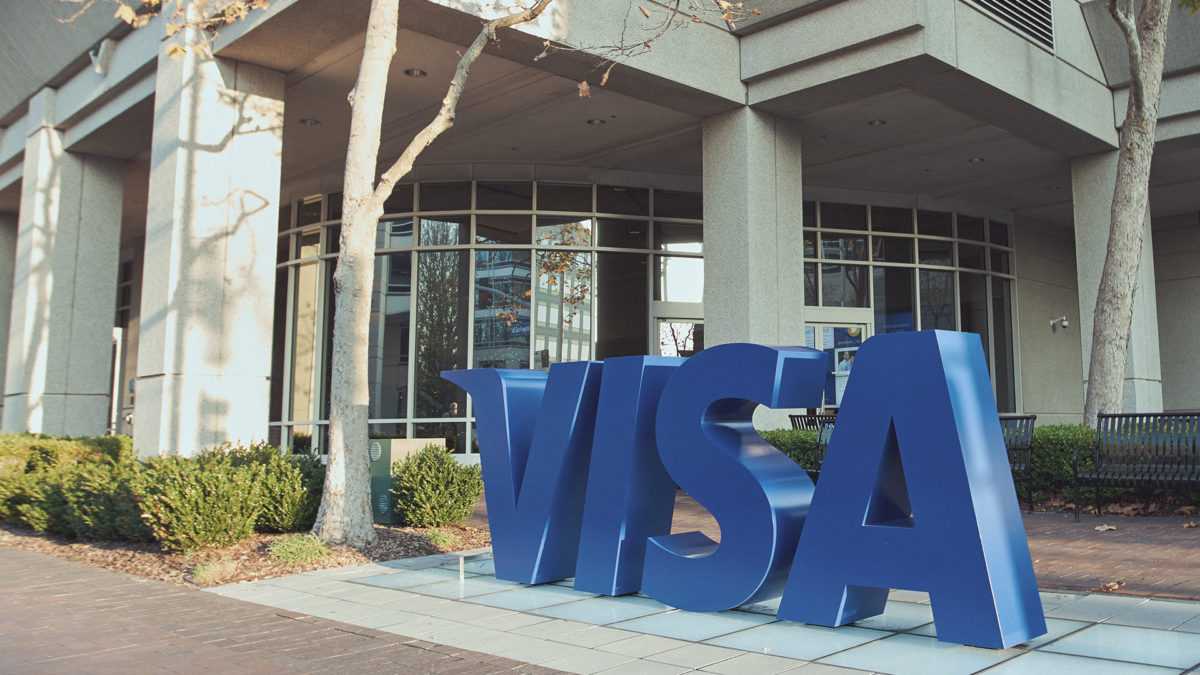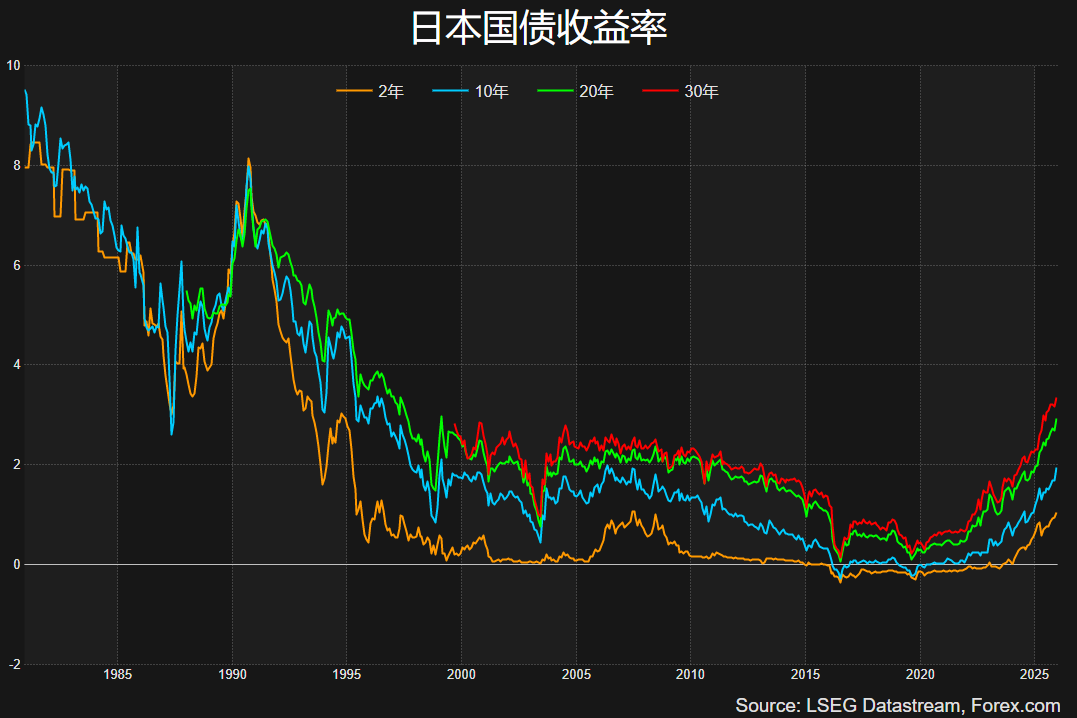William Blair analysts forecast 'slingshot recovery' for Visa amid stablecoin tailwinds
Quick Take William Blair analysts see stablecoins as a structural growth catalyst for Visa, particularly in cross-border B2B payments, supporting a “slingshot recovery” for its stock after a year of underperformance. Visa CEO Ryan McInerney recently confirmed the payments giant is adding support for four stablecoins across four blockchains, with stablecoin-linked card spend quadrupling year-over-year.

Visa's subdued stock performance this year could be nearing a turning point, according to analysts at investment bank William Blair, with stablecoins becoming a major tailwind for the payments giant.
During the company's earnings call on Tuesday, Visa CEO Ryan McInerney confirmed plans to support four stablecoins across four unique blockchains that it can accept and convert to over 25 traditional fiat currencies. McInerney also noted that quarterly stablecoin-linked Visa card spend had quadrupled compared to a year ago, and it had facilitated over $140 billion in crypto and stablecoin flows since 2020.
In a note to clients on Tuesday, William Blair analysts Andrew Jeffrey and Cristopher Kennedy argued that Visa's integration of blockchain-based payments positions it for renewed growth as stablecoin adoption accelerates across global commerce.
"Although we see certain niche use-cases, such as Coinbase and Shopify's tie-up, we believe domestic B2C stablecoin payments are a solution looking for a problem. Bank cards are ubiquitous, cheap, secure, and fast," the analysts said. "The real stablecoin opportunity is cross-border payments, in our opinion. Stablecoins can sharply lower the cost of cross-border B2B commerce, speed settlement, and reduce errors."
Cross-border opportunity is key
The William Blair analysts noted that cross-border transactions make up under 15% of Visa's total payment volume but argued the company is well-positioned to capture a growing share of stablecoin-based commerce as traditional correspondent banking fragments. While stablecoin adoption remains nascent, greater regulatory clarity, emerging standards, and improving infrastructure could move a significant share of the roughly $20 trillion cross-border B2B market onto emerging digital payment rails, they added.
In September, Visa launched a pilot to test stablecoins for cross-border payments, providing businesses with a new way to transfer money abroad more quickly.
"The passage of the GENIUS Act served as a catalyst for companies to refocus longtime efforts to leverage stablecoins and blockchain technologies," Jeffrey and Kennedy said. "We sense most of the blockchain/stablecoin start-ups will require partnering with the existing ecosystem over the near term, while established fintechs will offer new services to existing customers and may benefit from increased internal efficiencies."
Visa's laggard status is 'unsustainable'
William Blair views Visa's expanding stablecoin offerings, integrated within its broader multi-layer payments architecture, as an evolution of its role in facilitating global money movement rather than a departure from it.
Jeffrey and Kennedy project that Visa's stablecoin momentum will complement its core payments and tokenization businesses, contending that its year-to-date laggard status is "unsustainable," and calling for a "slingshot recovery" in its stock.
While bank stocks have generally performed well in 2025, Visa's roughly 10% year-to-date rise — compared with the S&P 500's 17% — leaves room for a rebound, the analysts said, reiterating their outperform rating on the stock and projecting 15%-plus 12-month upside.
VISA/USD price chart. Image: TradingView
Disclaimer: The content of this article solely reflects the author's opinion and does not represent the platform in any capacity. This article is not intended to serve as a reference for making investment decisions.
You may also like
Pundit Urges XRP Holders: Don’t Sell Your XRP Right Now. Here’s why
$15B Sell-Off Risk if MSCI Implements 50% Crypto DAT Rule

Bitcoin Investment Obsession: Why Wall Street Blindly Ignores DeFi’s Explosive Growth
